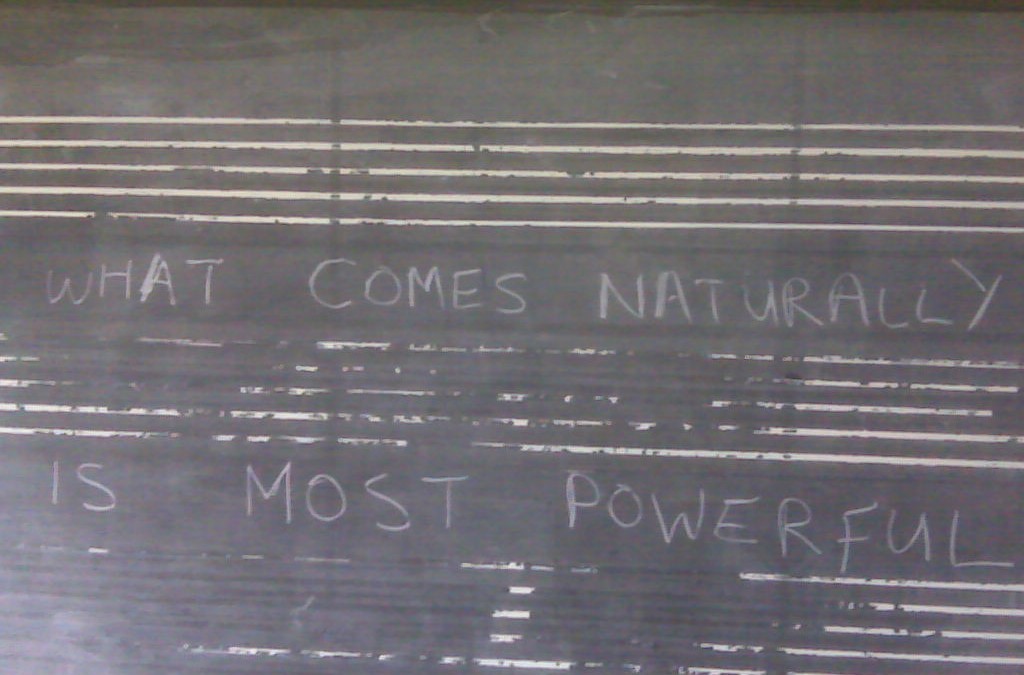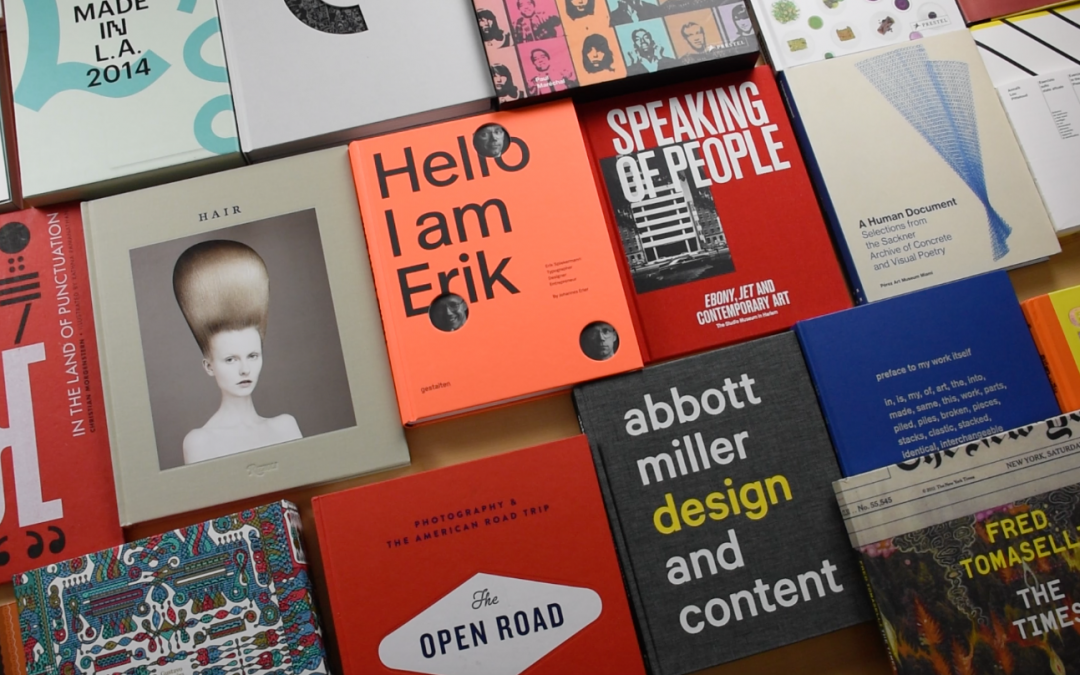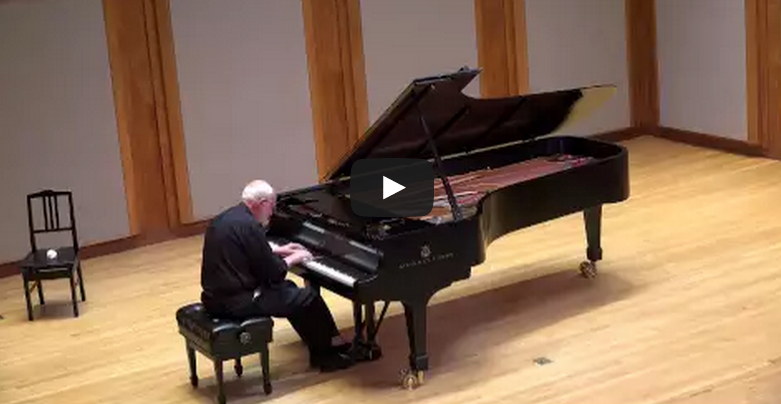
by Mike Errico | Sep 25, 2015 | Free, So Good, Uncategorized
Don’t know if this is apocryphal, but I have heard parts of it quoted to me enough times that I’m willing to assume that most of it is 90% true. Yogi Berra Explains Jazz Interviewer: Can you explain jazz? Yogi: I can’t, but I will. 90% of all jazz is half improvisation. The other half is the part people play while others are playing something they never played with anyone who played that part. So if you play the wrong part, its right. If you play the right part, it might be right if you play it wrong enough. But if you play it too right, it’s wrong. Interviewer: I don’t understand. Yogi: Anyone who understands jazz knows that you can’t understand it. It’s too complicated. That’s what’s so simple about it. Interviewer: Do you understand it? Yogi: No. That’s why I can explain it. If I understood it, I wouldn’t know anything about it. Interviewer: Are there any great jazz players alive today? Yogi: No. All the great jazz players alive today are dead. Except for the ones that are still alive. But so many of them are dead, that the ones that are still alive are dying to be like the ones that are dead. Some would kill for it. Interviewer: What is syncopation? Yogi: That’s when the note that you should hear now happens either before or after you hear it. In jazz, you don’t hear notes when they happen because that would be some other type of music. Other types of music can be jazz, but only if they’re the same as something different from...

by Mike Errico | Sep 3, 2015 | Teaching
(I’ll be teaching songwriting at NYU, and speaking about it at Wesleyan and Yale (so far) this semester. Here are some of the things I’ll be trying to get across.) Our classroom is tucked up into the third floor of an elegant red brick building with Ionic columns that make you feel smart even if you’re just looking for a place to nap. Fluorescent bulbs hang high in the ceiling and cold formica tables form a rectangle we’ll barely fit around. I’ve staked out the corner near the A/V controls—the projector, the volume knob on the speakers—but otherwise, the layout seems fairly democratic. It was hard to get into this class. Students sent songs and sketches and emailed pleas with logical reasons why it fit with their majors and how they envisioned their lives. I made cuts based on a 50-word petition and a link to a recording of theirs, hoping in each case that I’ve done the Future some service. They fill the room with stickered-up laptops and water bottles and news of dorm room switches and class cancellations. They pack themselves around the table, more comfortable with each other than I am with my own family at Thanksgiving. I will teach them about songwriting. I have no idea what that means. No one stops me. I don’t actually believe in pop songs, and it’s hindered my career as a songwriter. Pop songwriting is a calling, and though I’m touched by it, I never really got the call. Example: I have a friend, Chris, who saw Jesus walk out of his high school locker. They spoke. Now he’s...

by Mike Errico | Aug 10, 2015 | Text Journalism
While streaming services battle it out for the heart and mind of Taylor Swift, there’s a place where creators can post all their music, and whatever else they’ve made, quickly, directly and on their own terms. It’s Bandcamp. You’ve probably heard of it. It’s cheaper than iTunes (if you choose to set the prices that way); the downloads import into Spotify playlists; and you can get high-res versions just like Tidal. But most important, if you download something, Bandcamp lets creators know who you are so you can stay in touch, just like…well, none of them. I suppose you can argue that downloading is “antiquated,” or something, but having a connection between buyer and seller is not. Those big streaming services call that connection “Big Data,” and having that connection is what values them in the billions. That’s the very “not antiquated” element to a Bandcamp purchase. You know that’s why none of the other services help us stay in touch, right? Basically, they’re jealous. Yes. They’re insecure that if we know each other we’ll get together without them. And you know? We might! That’s the whole point of “discovery,” isn’t it? To let us discover a) what we like and b) who likes us back? Can you imagine if Tinder had been set up so you could swipe right on someone, but they’d never find out…ever? That’s what it’s like to be an artist on a streaming service. Could streaming services change that? Well, considering Taylor Swift sneezed and Apple changed its entire pricing structure, I’d say yes. Until then, consider this: Whichever streaming service doesn’t facilitate the...

by Mike Errico | Jul 15, 2015 | audio, Books, Press, Video
Book writers, readers, adorers, check it out, consider a contribution: Design Observer has launched a Kickstarter to fund an exhibition and catalog of the winners of this year’s 50 Books I 50 Covers design competition. [I’m honored to have contributed music to the campaign.] “Established in 1923 by the American Institute of Graphic Arts as “Fifty Books,” the 50 Books | 50 Covers competition is now the longest continually running design competition in the United States. Since 2011, Design Observer has hosted it. And in 2015, for the first time, we are publishing a book and mounting an exhibition to commemorate the competition winners of 2014, narrowed down from a field of 500 entries from fourteen countries. Dave Eggers, a previous 50 Books | 50 Covers recipient, will introduce this “book of books.” Photographer George Baier, who has photographed countless authors and book jacket projects himself, has thoughtfully taken pictures of every book and cover winner. Mohawk has generously donated the finest paper. And with Blurb, we will be printing our book, locally, here in the United States. We have judged the competition (SEE THE WINNERS HERE), photographed all the books, designed our catalog, printed test pages, and have begun to design the exhibit in New Orleans. More info:...

by Mike Errico | Jul 8, 2015 | audio, Video
My dad, at a recent piano competition in Boston. He’s good. Edward M. Pickman Concert Hall Longy School of Music ~ Cambridge, Massachusetts Saturday June 13, 2015 Semifinalist Award: Best Programming Medtner’s Sonata Reminiscenza, Op. 38, from Forgotten...






